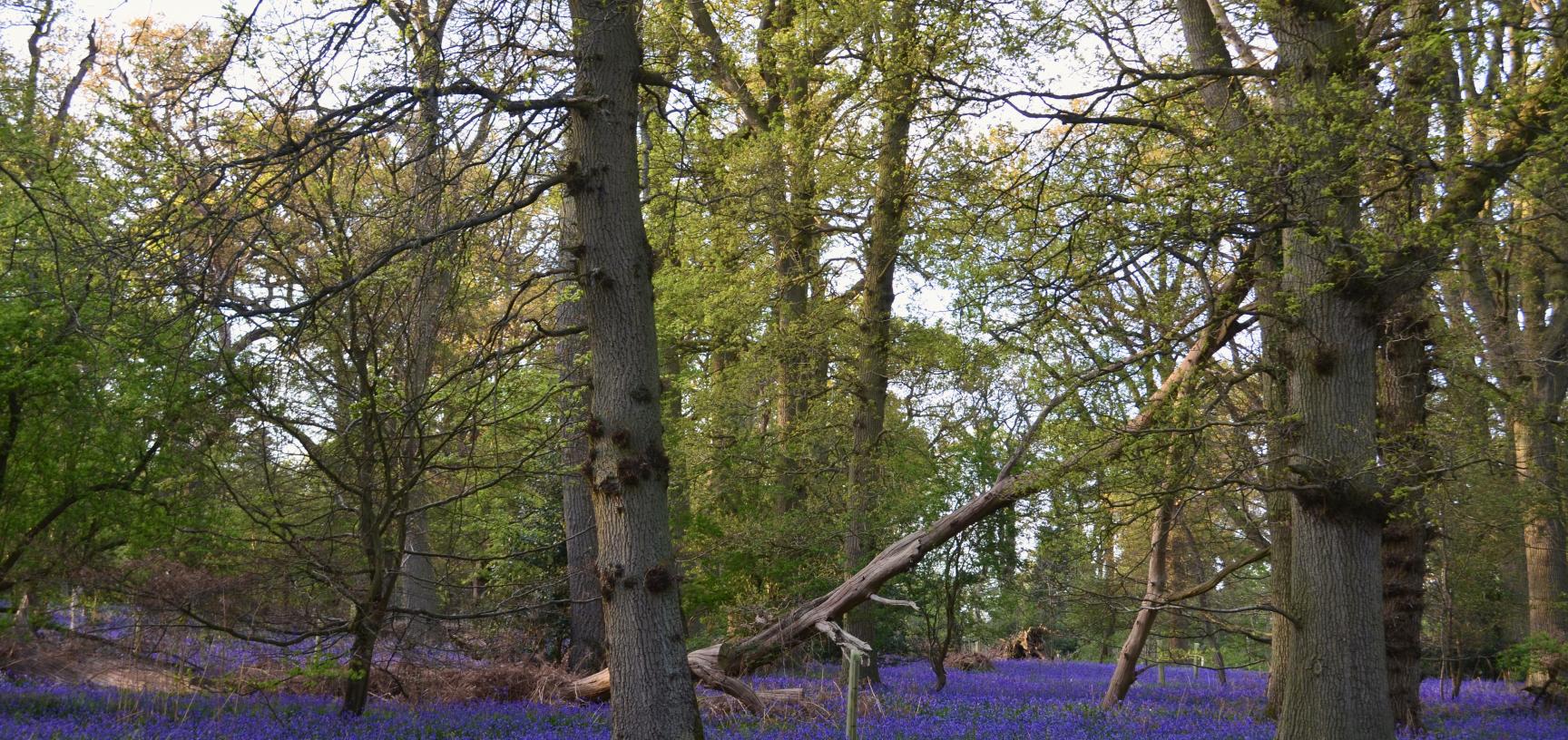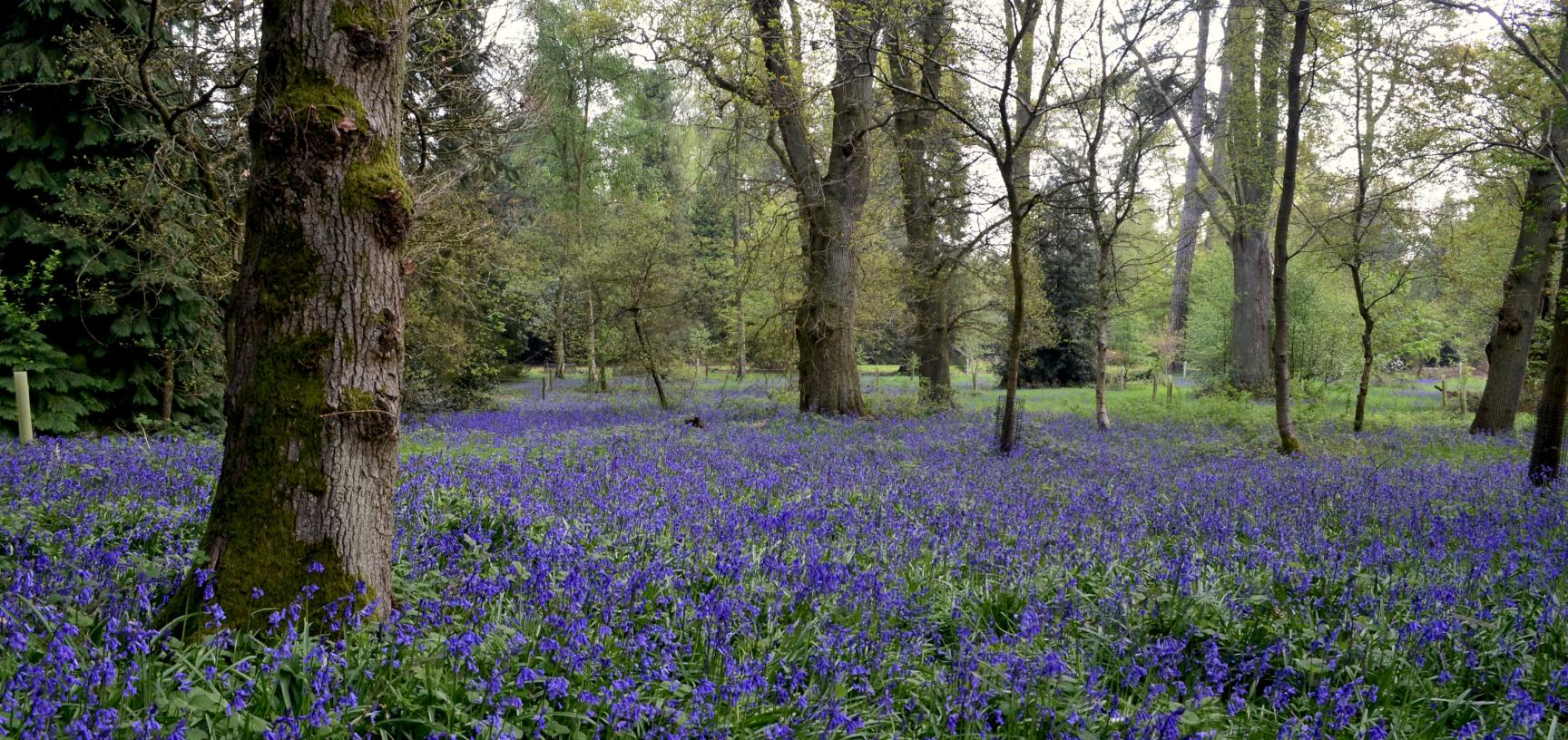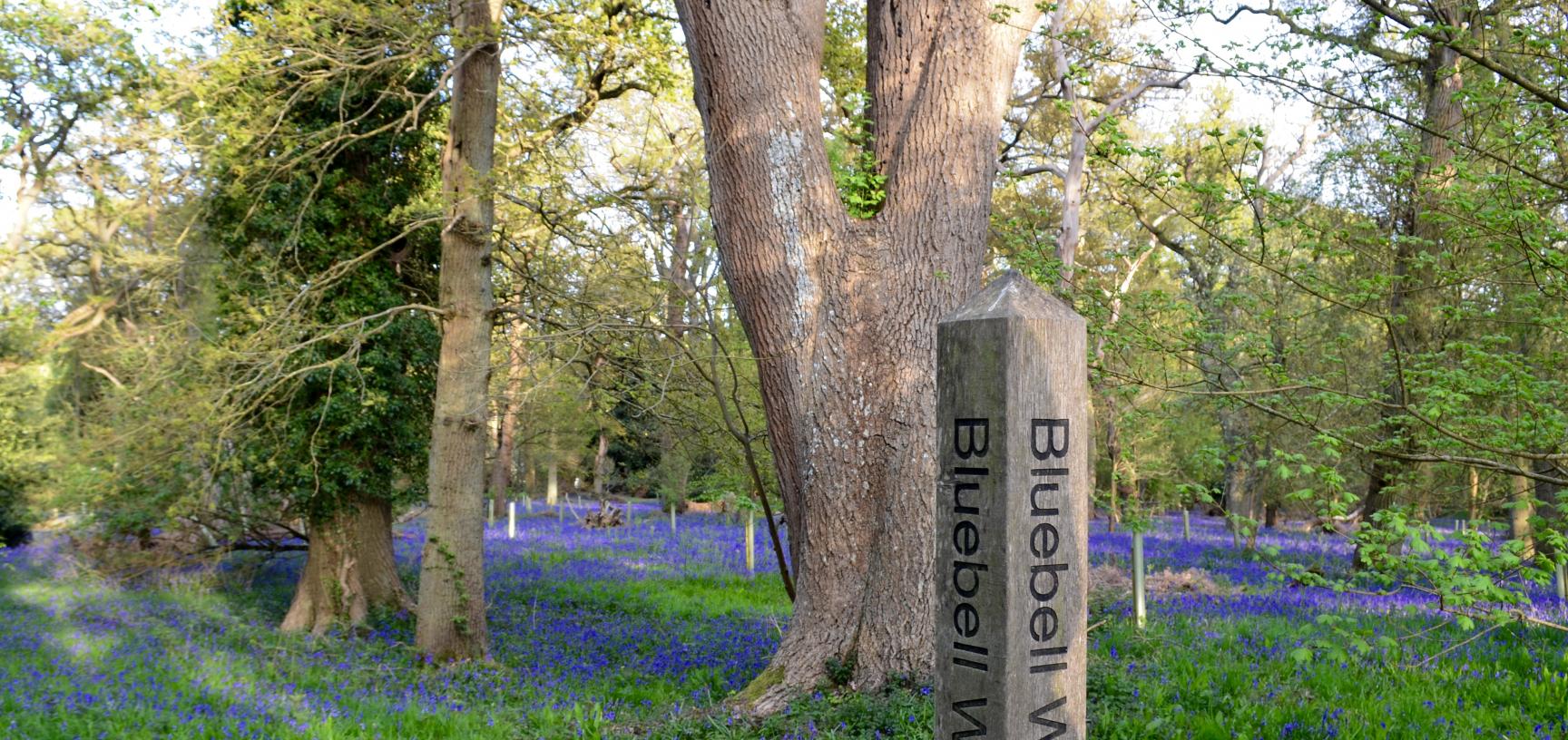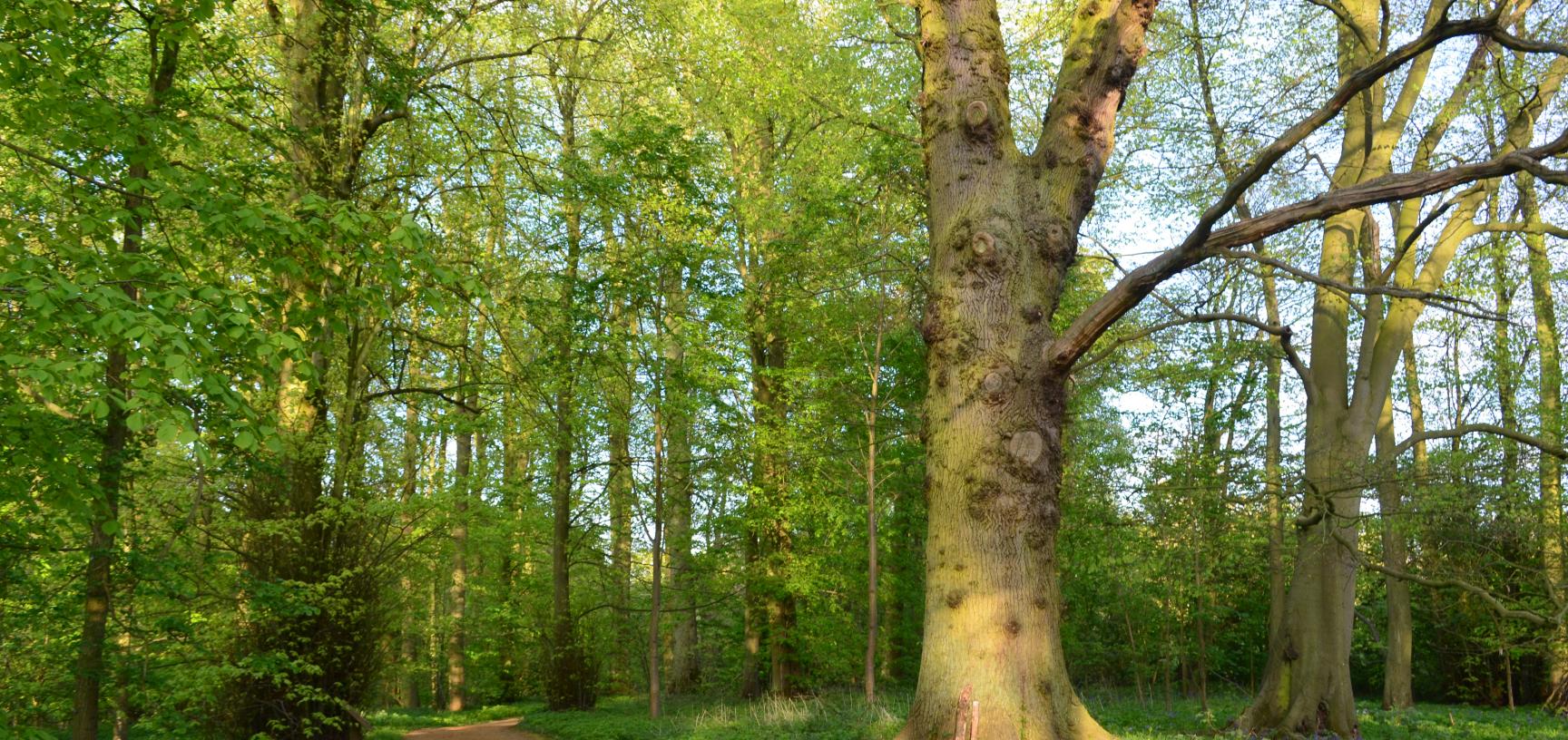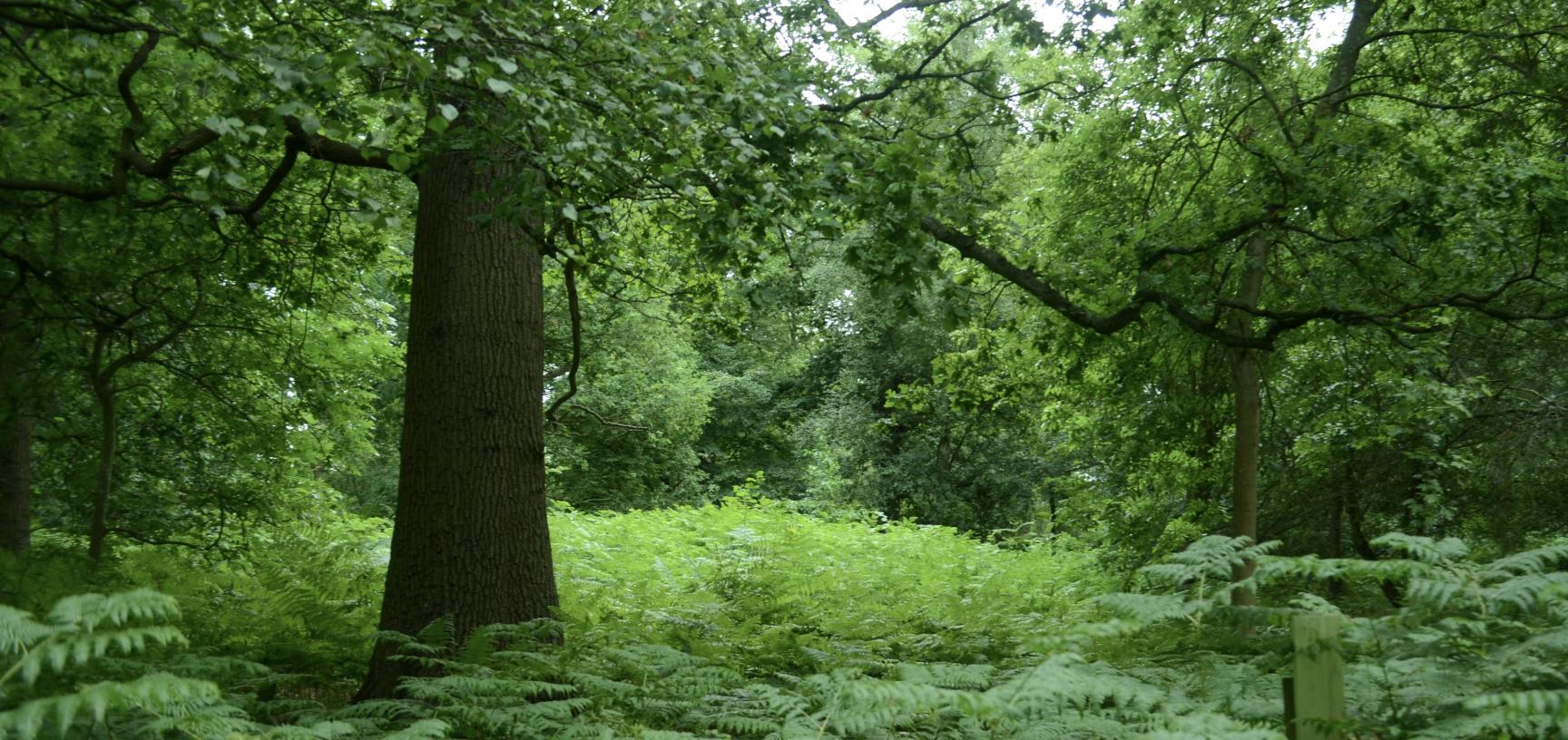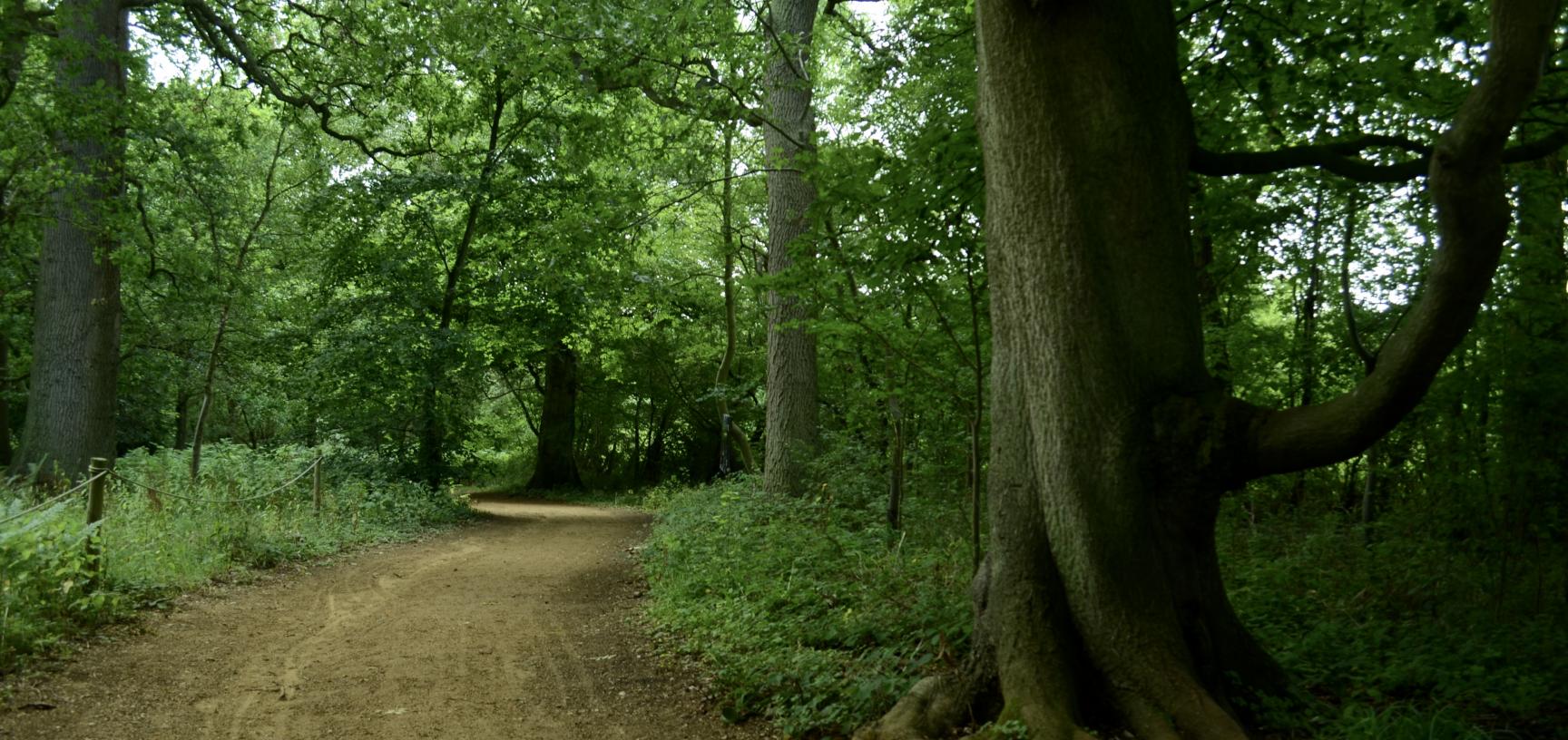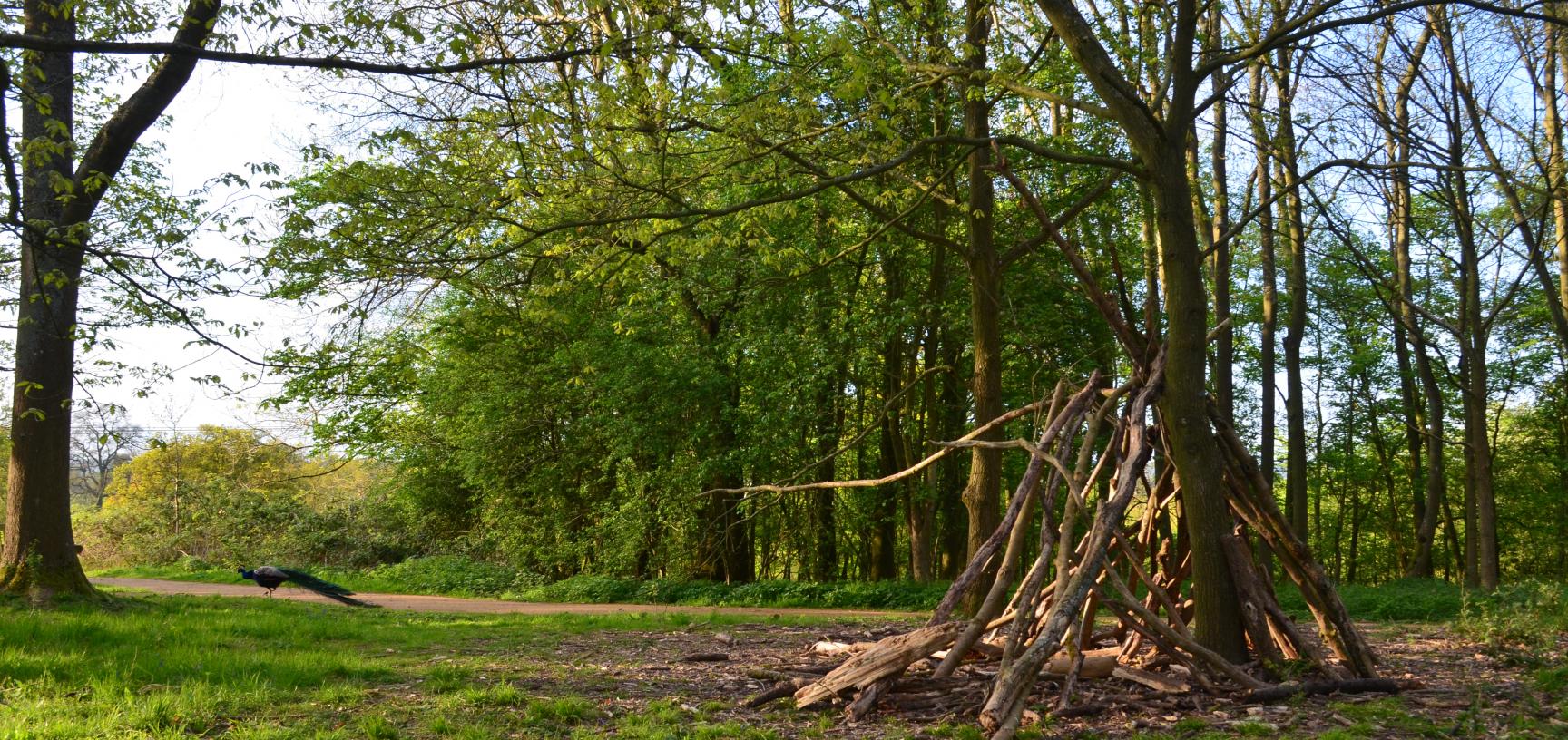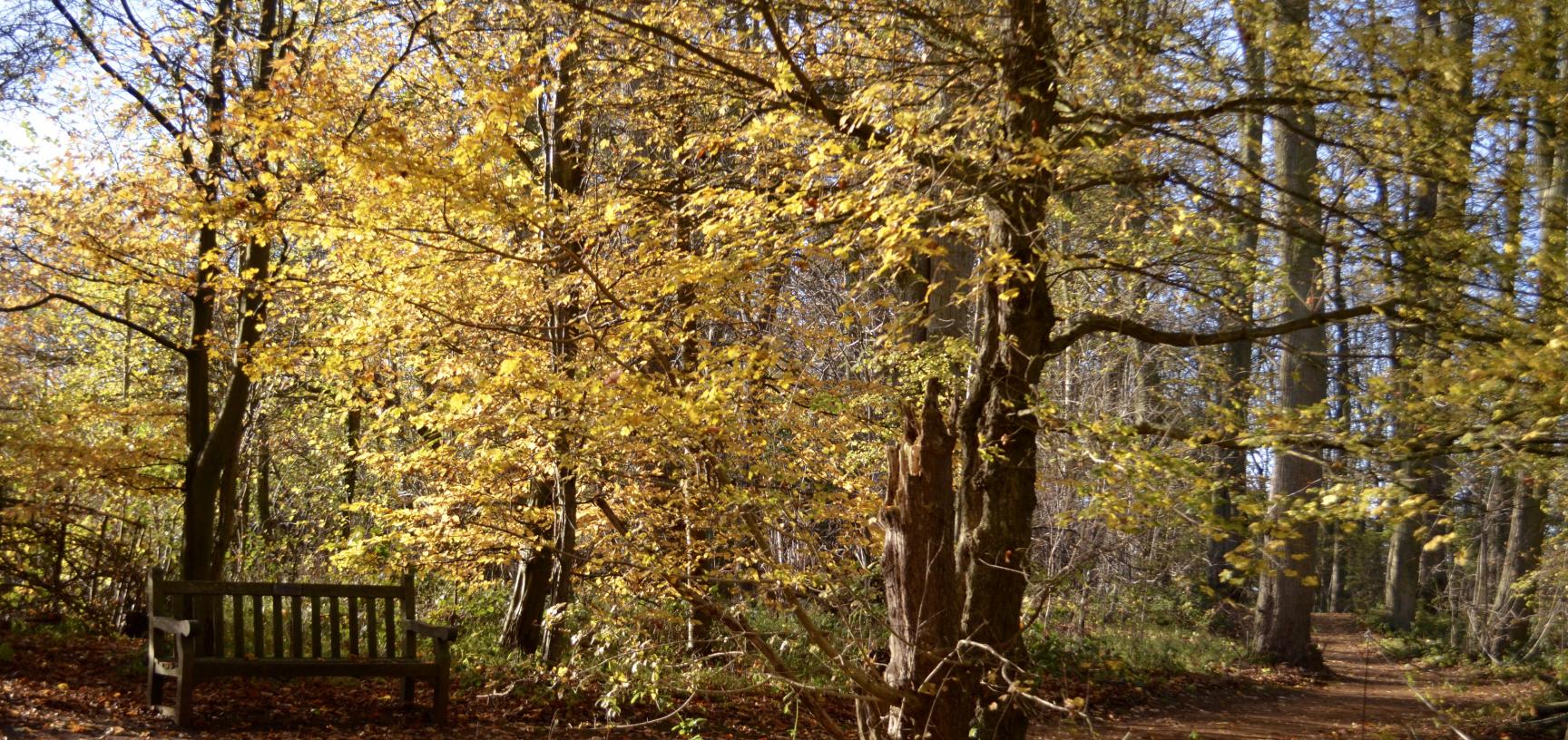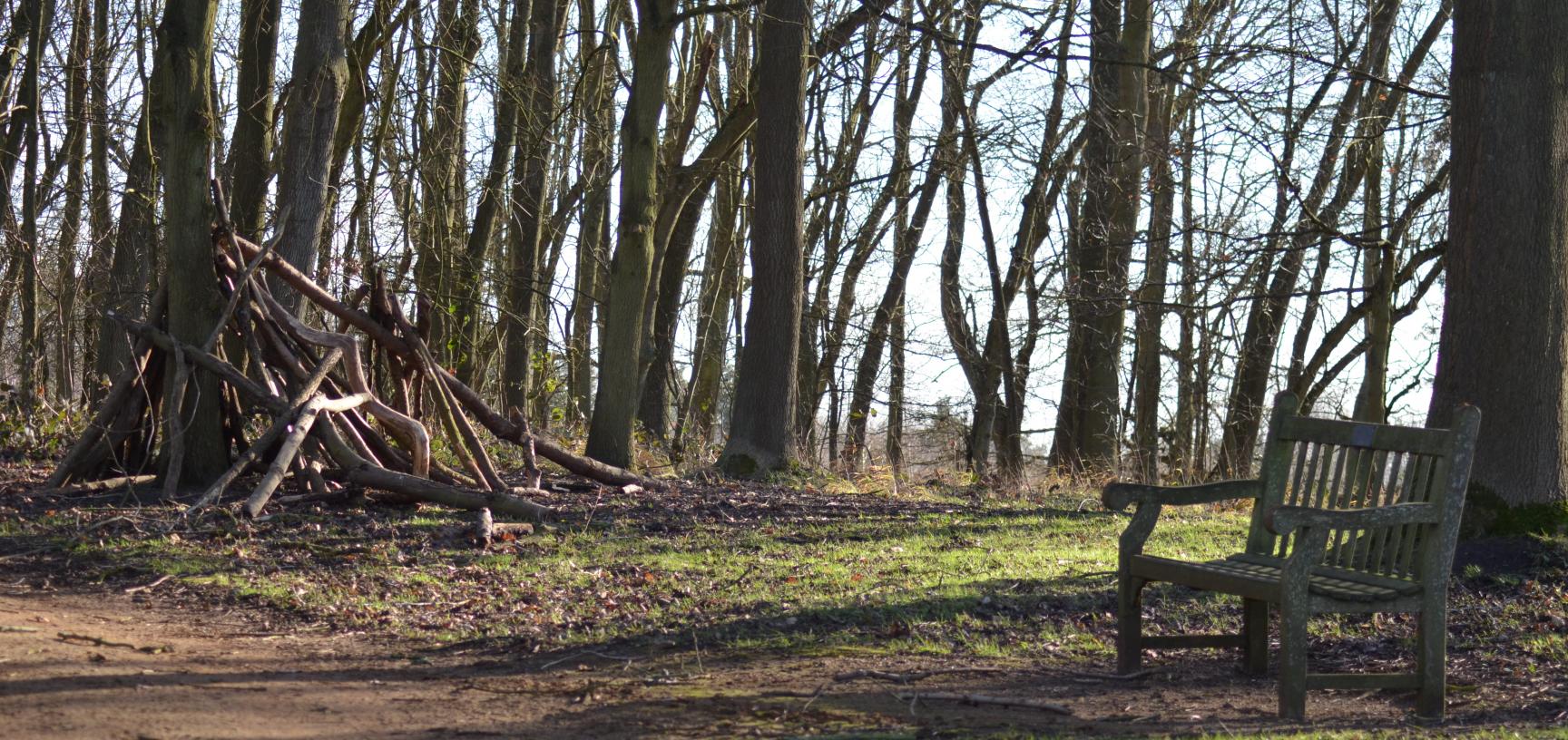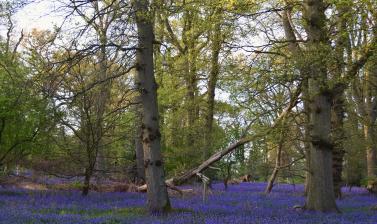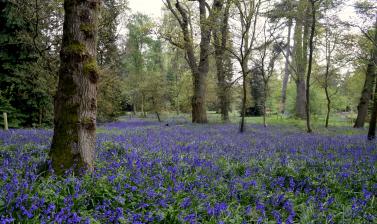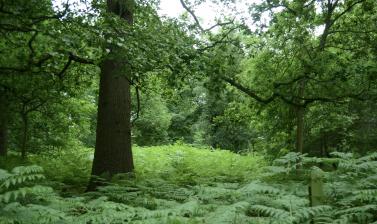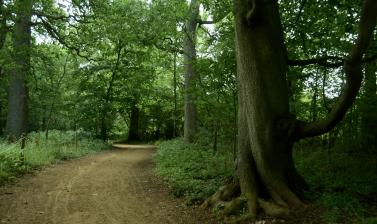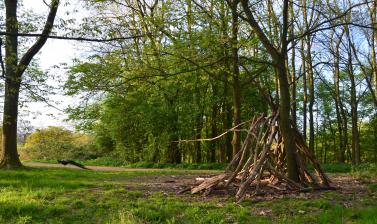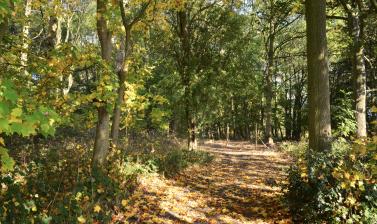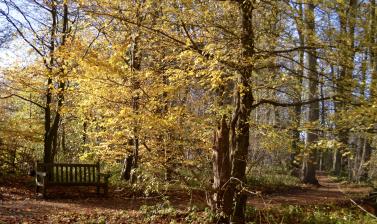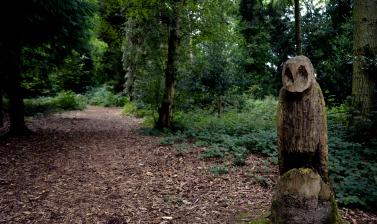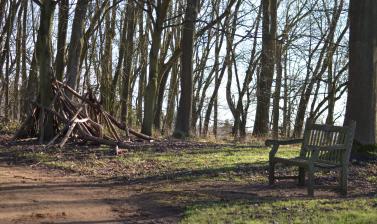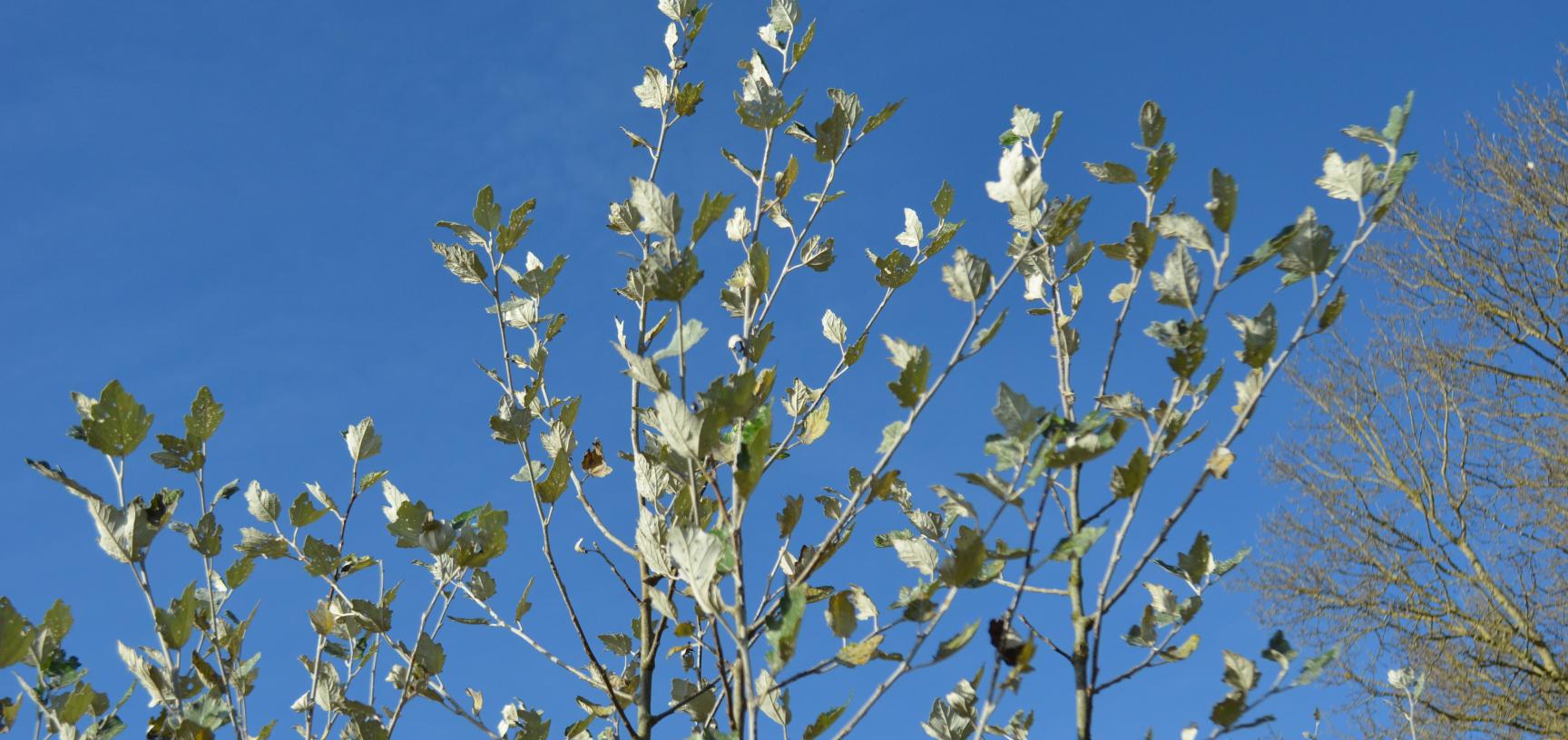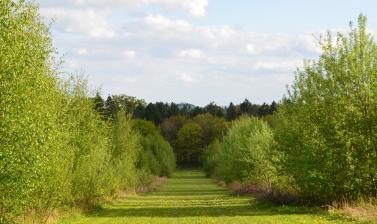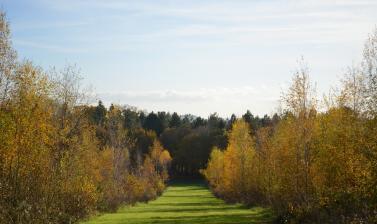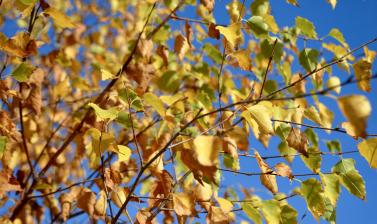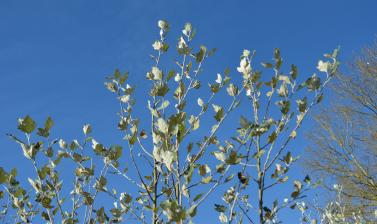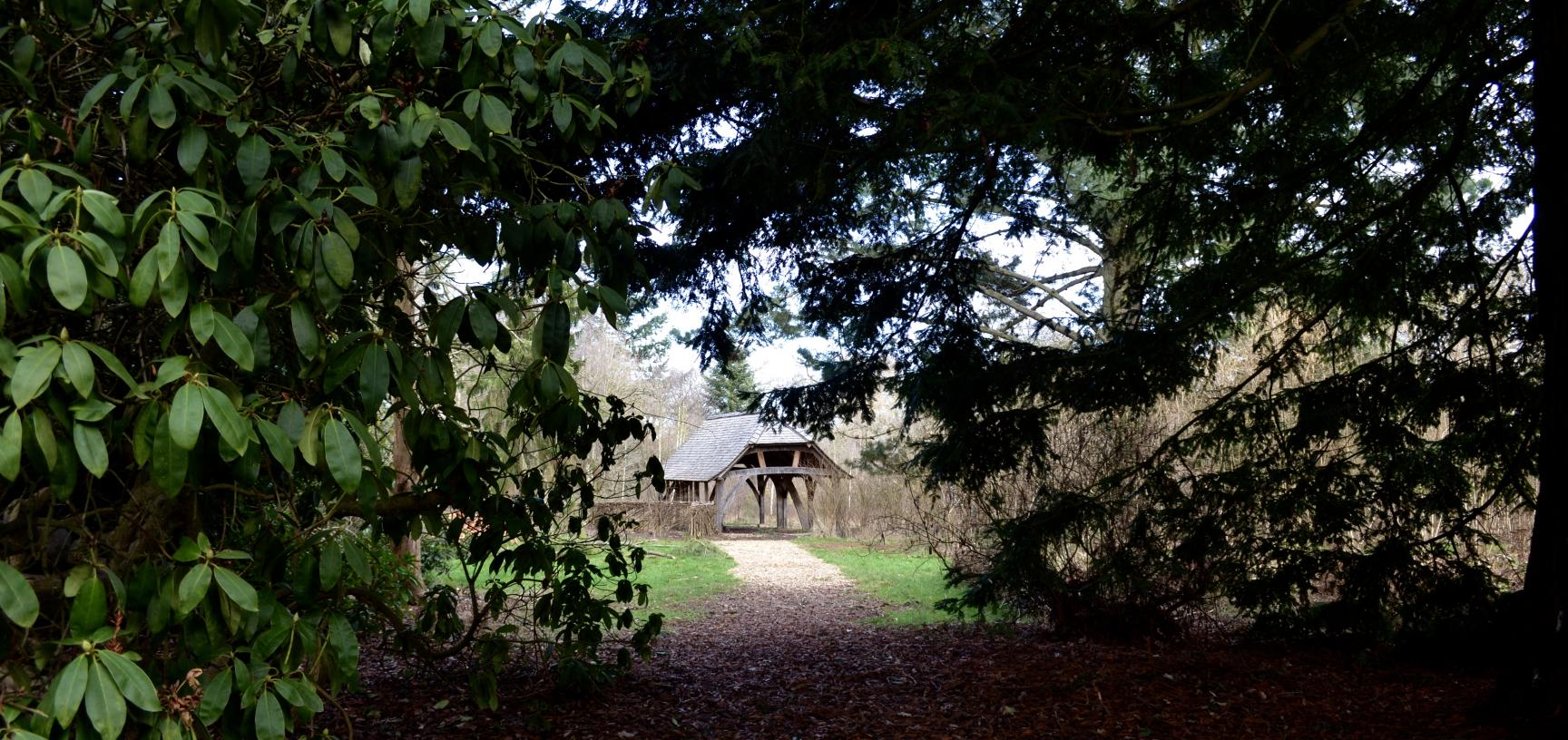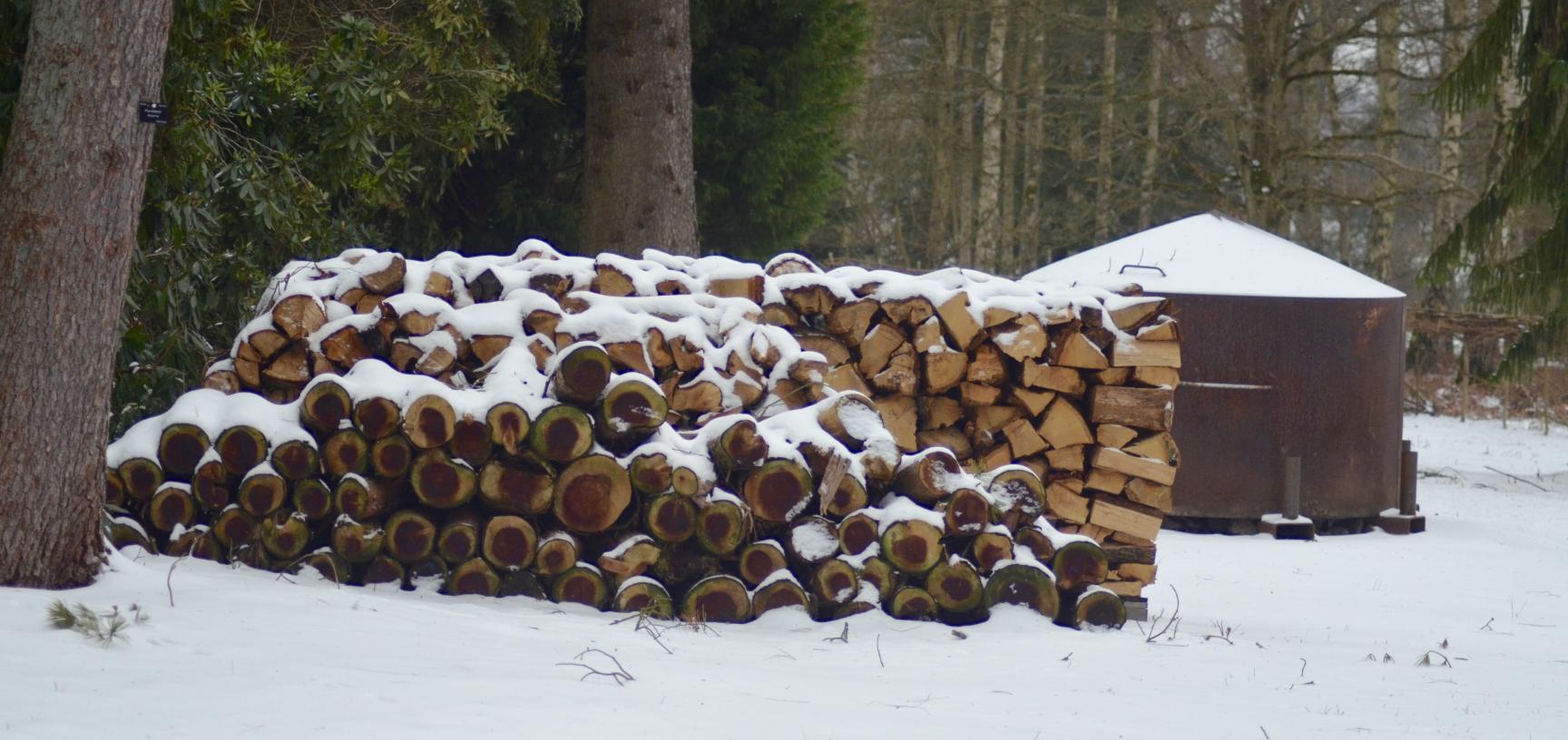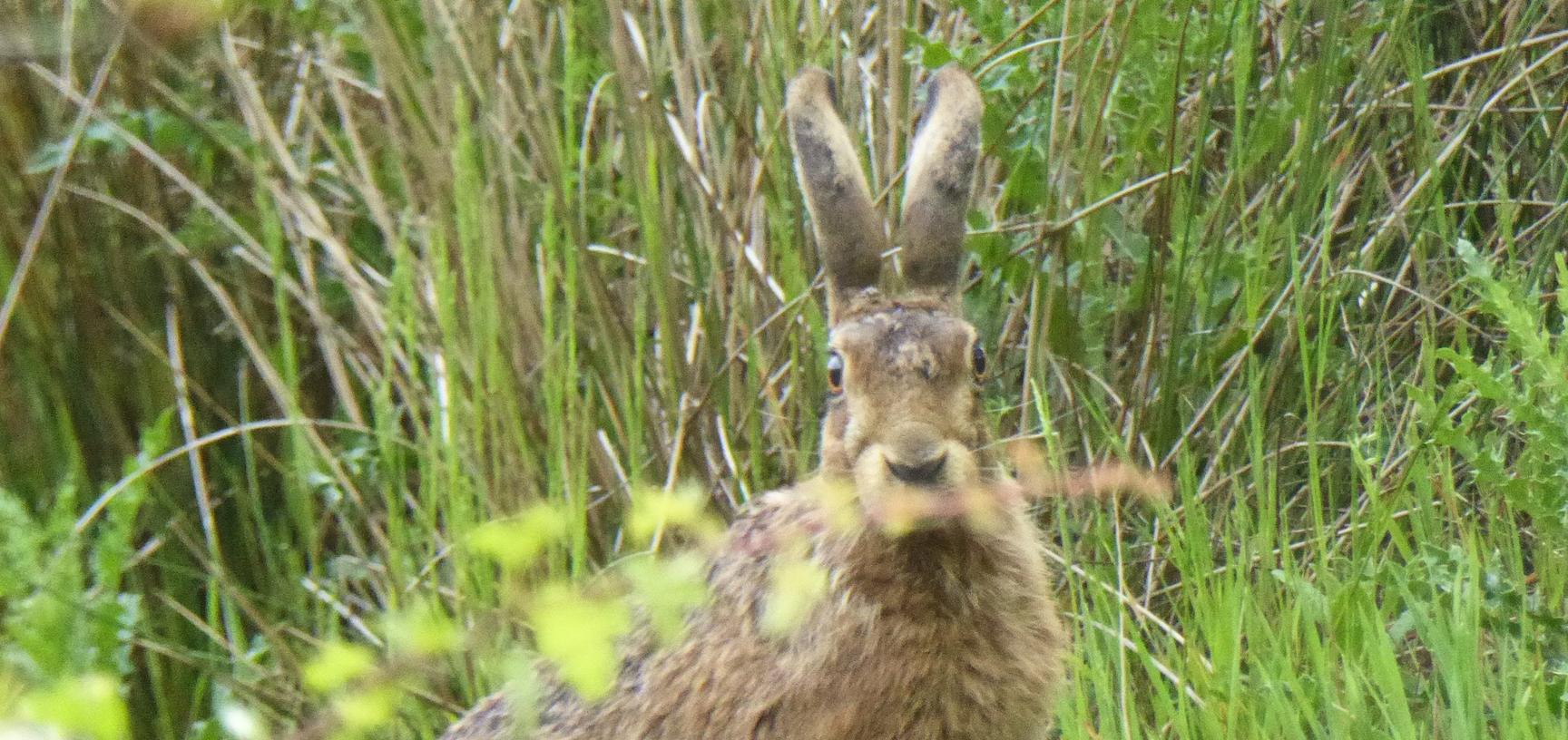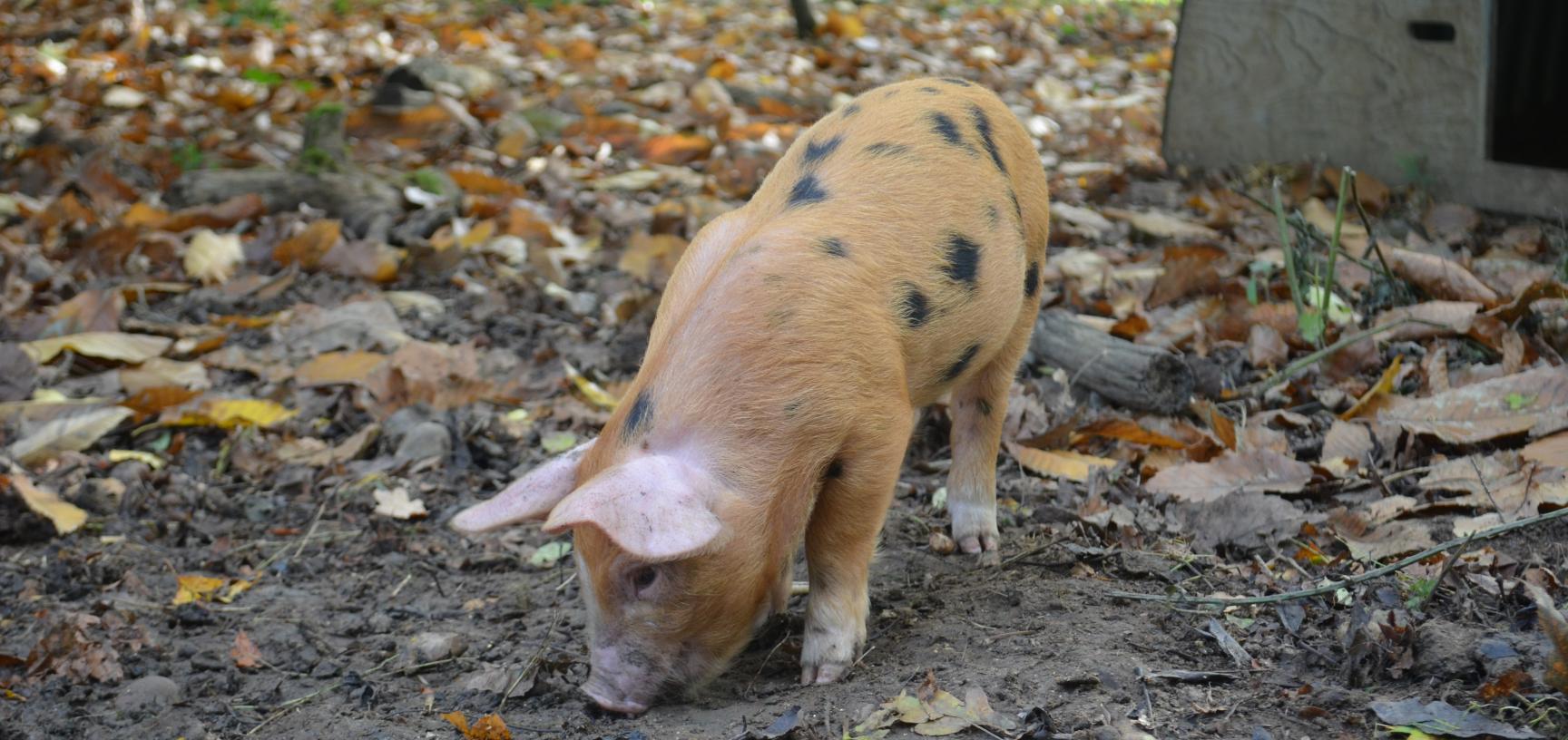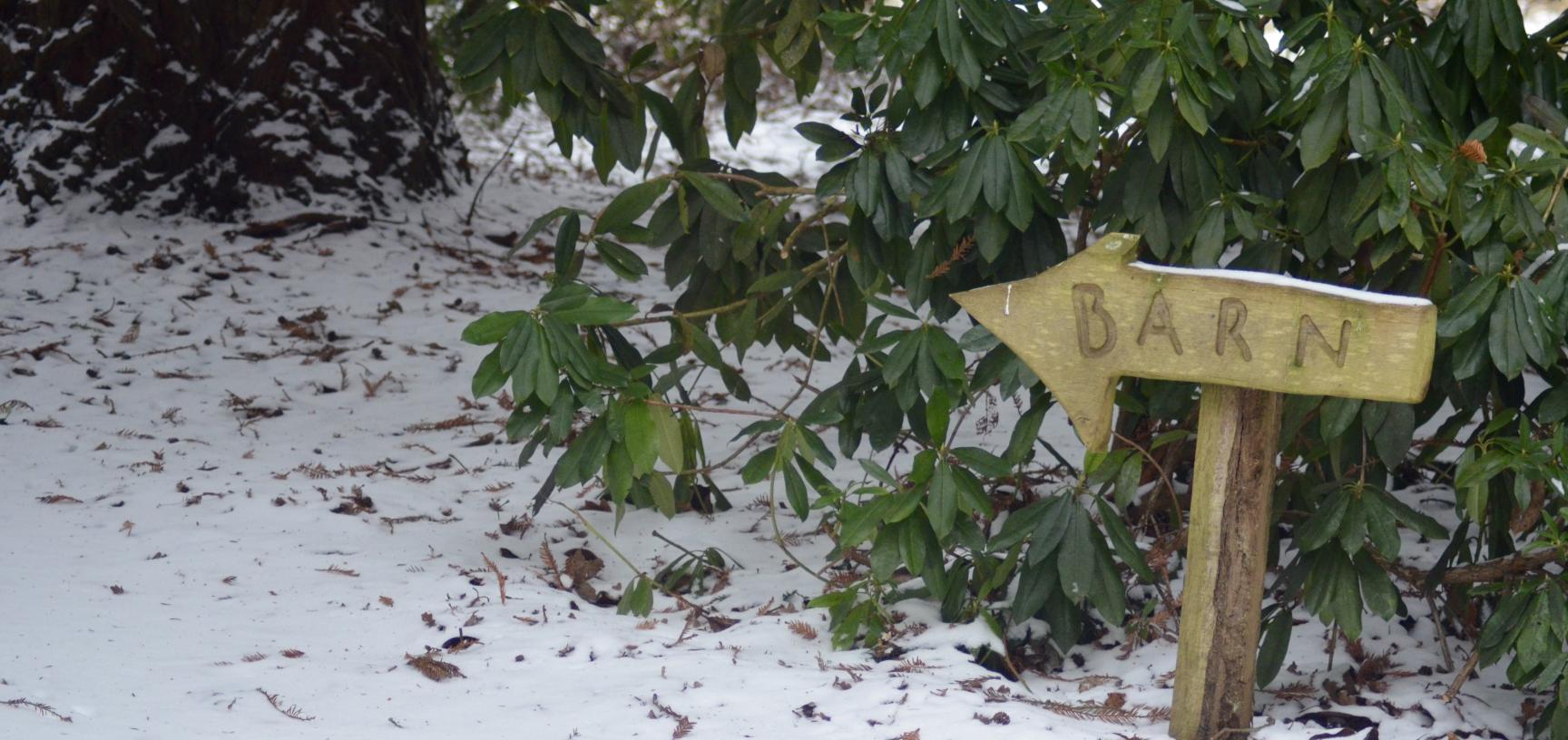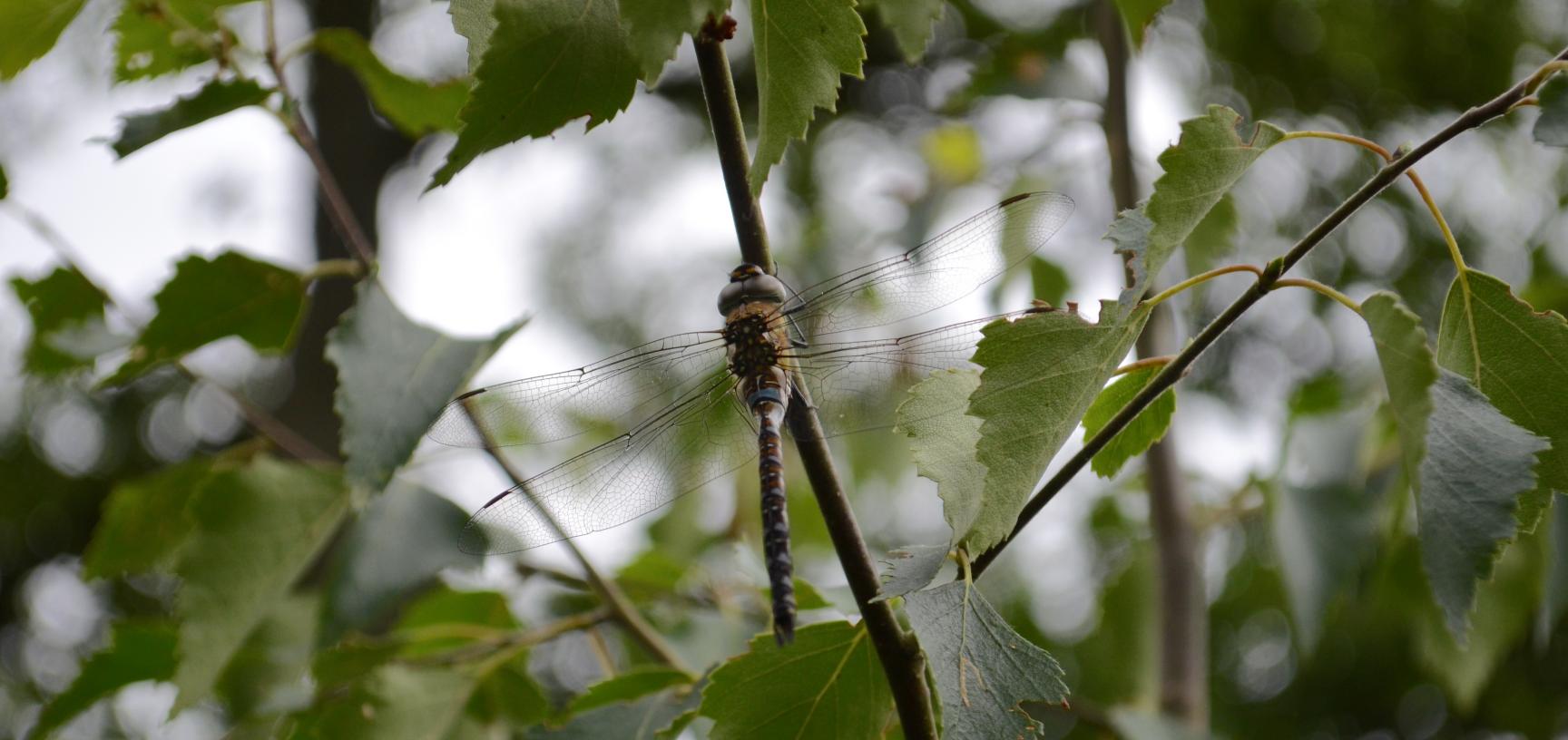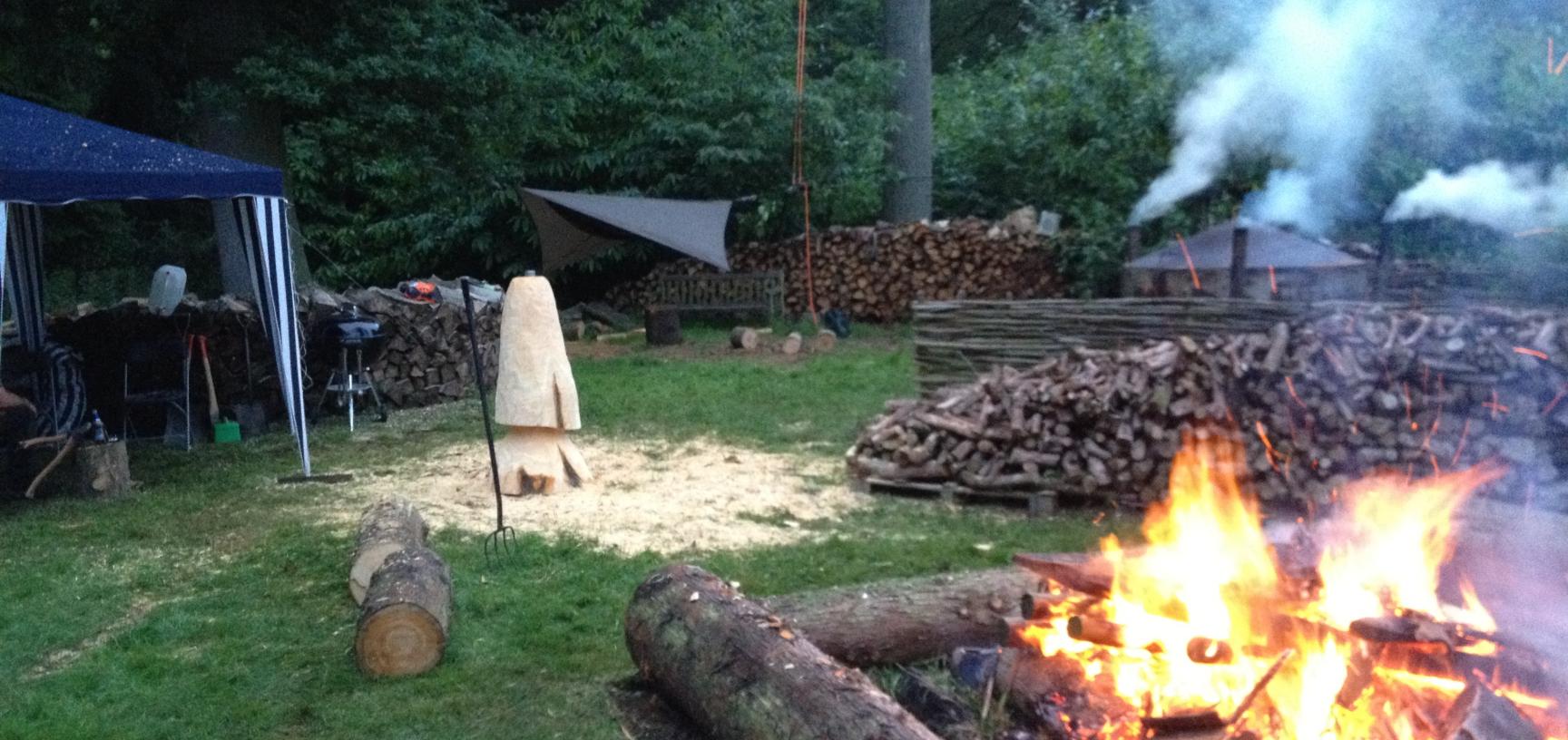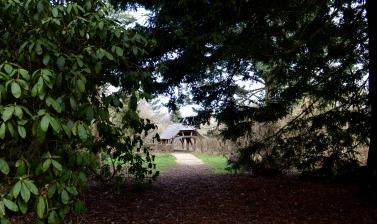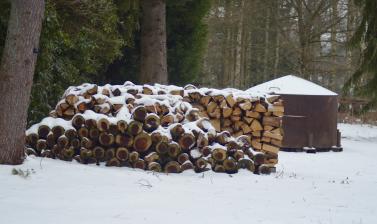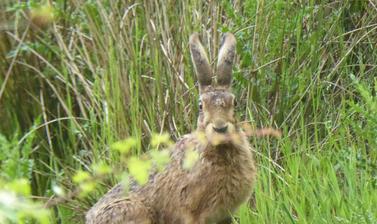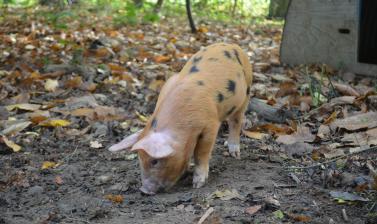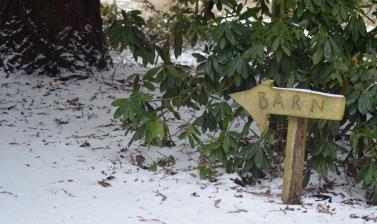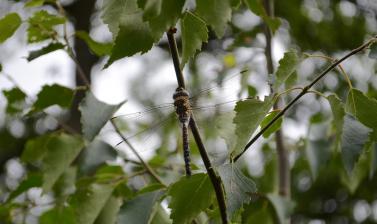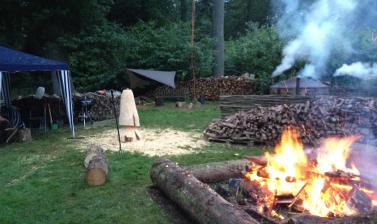Native Woodland
Just as integral as the exotic plants collections are the native habitats that make up our native woodland areas. There are three main areas of woodland at the Arboretum: a working coppice woodland of birch, hazel and sweet chestnut; a mature woodland of oak, lime and ash; and a recently established woodland of almost 14,000 native trees that were planted in early 2008, called Palmer's Leys.
Bluebell Wood and Lime Wood
Bluebell Wood is a mature oak woodland, where the remains of some ancient specimens have been left to decay naturally, creating a rich environment. It is estimated that a mature oak tree is home to nearly 300 different species of animals; for instance, worms and caterpillars live on the tree and they are eaten by badgers, foxes and birds. Visitors can enjoy a living carpet of native English bluebells between late April and mid-May. In the lighter and airier Lime Wood, you will find some of the tallest limes in the UK.
Palmer's Leys - Restoring native woodland
This field was arable cropland at least as far back as 1707. The University purchased the land in 2006 and planted 20 acres with over 13,000 native tree species, including oak, lime, hornbeam, beech and yew. This is a quiet spot, and is active with species such as hares, deer and stoats. Don't miss the vista to the distant crest of Wittenham Clumps from the top of the hill near Lime Wood!
The Coppice & Woodland Barn
Our coppice is an example of traditional woodland managment and crafts. Here you will see species that are cut down to ground level regularly, to provide useful material for horticultural use such as for staking and weaving. Managing the trees in this way promotes growth. The coppice is a favourite space for many of the local wildlife - it's a great place to listen to bird song, and a regular haunt for small deer.
Our Woodland Barn, made using traditional methods, provides a perfect spot to pause on your walk. In this area you will see other examples of woodland management and crafts - look out for the charcoal burner near the woodpile, and the beautifully laid hedge which attracts butterflies in the summer.



